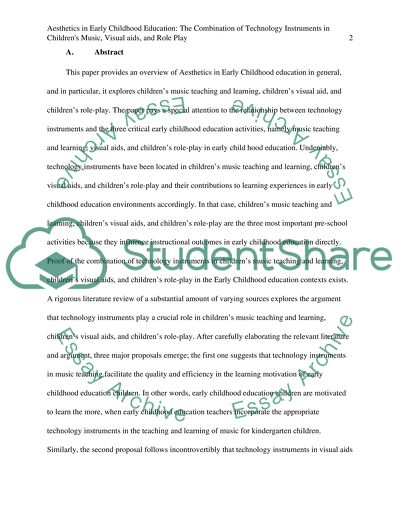Cite this document
(“Aesthetics in Early Childhood Education Research Paper”, n.d.)
Retrieved from https://studentshare.org/education/1482278-aesthetics-in-early-childhood-education
Retrieved from https://studentshare.org/education/1482278-aesthetics-in-early-childhood-education
(Aesthetics in Early Childhood Education Research Paper)
https://studentshare.org/education/1482278-aesthetics-in-early-childhood-education.
https://studentshare.org/education/1482278-aesthetics-in-early-childhood-education.
“Aesthetics in Early Childhood Education Research Paper”, n.d. https://studentshare.org/education/1482278-aesthetics-in-early-childhood-education.


